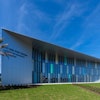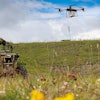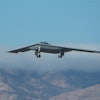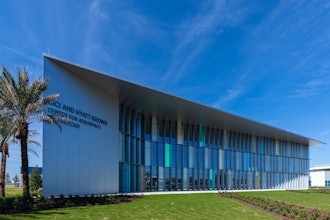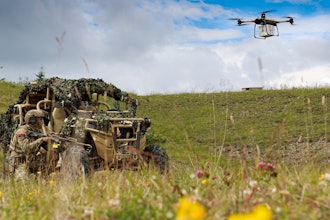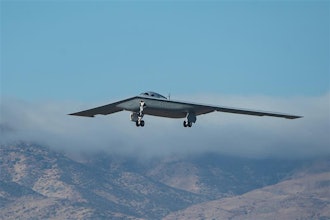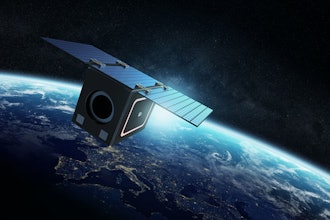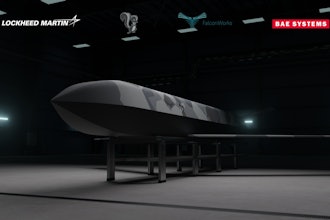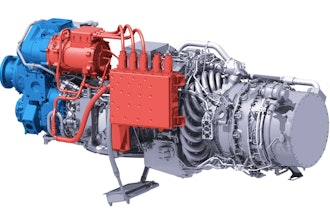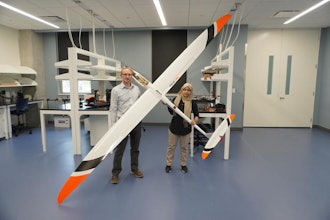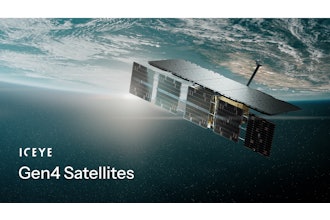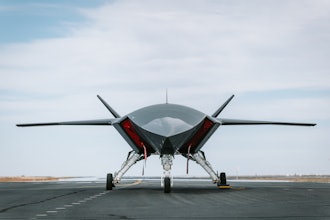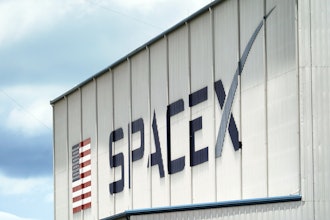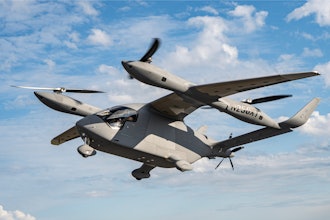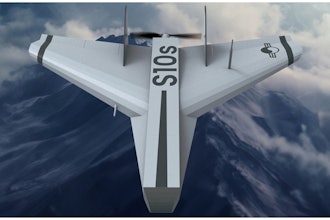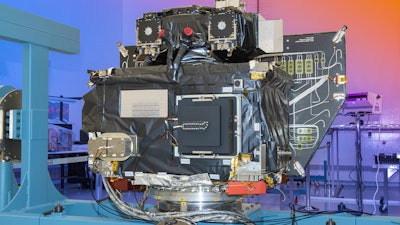
BROOMFIELD, Colo. - BAE Systems has successfully delivered two spacecraft in support of National Aeronautics and Space Administration (NASA) and National Oceanic and Atmospheric Administration (NOAA) missions from its Boulder, Colorado campus to Kennedy Space Center in Florida.
NASA's Carruthers Geocorona Observatory and NOAA's Space Weather Follow On – L1 (SWFO-L1) are scheduled to launch together this fall, providing scientists and forecasters with powerful new tools to increase our understanding of space weather and its impacts on Earth.
BAE Systems designed and built both spacecraft and conducted extensive observatory-level testing to ensure they can withstand the harsh environment of space and safely operate at Lagrange point 1, an orbit approximately 1.5 million kilometers from Earth.
Bonnie Patterson, vice president and general manager of Civil Space for BAE Systems Space & Mission Systems, said, "This new generation of satellites will extend our knowledge of the Sun and its impacts on Earth. The successful delivery of the SWFO-L1 and Carruthers Geocorona Observatory satellites marks a new era of discovery and space weather data that holds exciting promise, and we are proud to support these missions."
Both the SWFO-L1 and Carruthers Geocorona Observatory were designed and built using BAE Systems' heritage Evolve spacecraft platform, which uses a common bus and standard payload interfaces to reduce cost and minimize delivery time. BAE Systems has trained the flight operations teams and will support mission operations.
The SWFO-L1 observatory will track coronal mass ejections and measure solar wind. Through the collection and delivery of continuous observations, this mission will provide early warnings of potentially disruptive space weather events to protect infrastructure on Earth and in space. The Carruthers Geocorona Observatory mission will study the Sun's influence on the Earth's exosphere during both quiet solar periods and times of intense solar activity.
Carruthers Geocorona Observatory is a collaboration with the University of Illinois, Urbana-Champaign, with Dr. Lara Waldrop serving as the mission's principal investigator; the University of California, Berkeley; and NASA's Goddard Space Flight Center. The SWFO-L1 mission is a collaboration with NOAA's National Environmental Satellite Data and Information Service (NESDIS) and NASA's Goddard Space Flight Center.
SWFO-L1 and Carruthers Geocorona Observatory will launch alongside NASA's Interstellar Mapping and Acceleration Probe (IMAP).
Through the delivery and launch of the satellites, BAE Systems continues its longstanding support of NASA's and NOAA's missions and goals. This includes work for NASA on the Hubble Space Telescope, Chandra X-ray Observatory, James Webb Space Telescope and the Nancy Grace Roman Space Telescope, among others. Support of NOAA weather science missions include work on the NOAA-20 and NOAA-21 satellites, the Suomi National Polar-orbiting Partnership (Suomi NPP) satellite, and the upcoming Space Weather Next L1 Series satellite.

